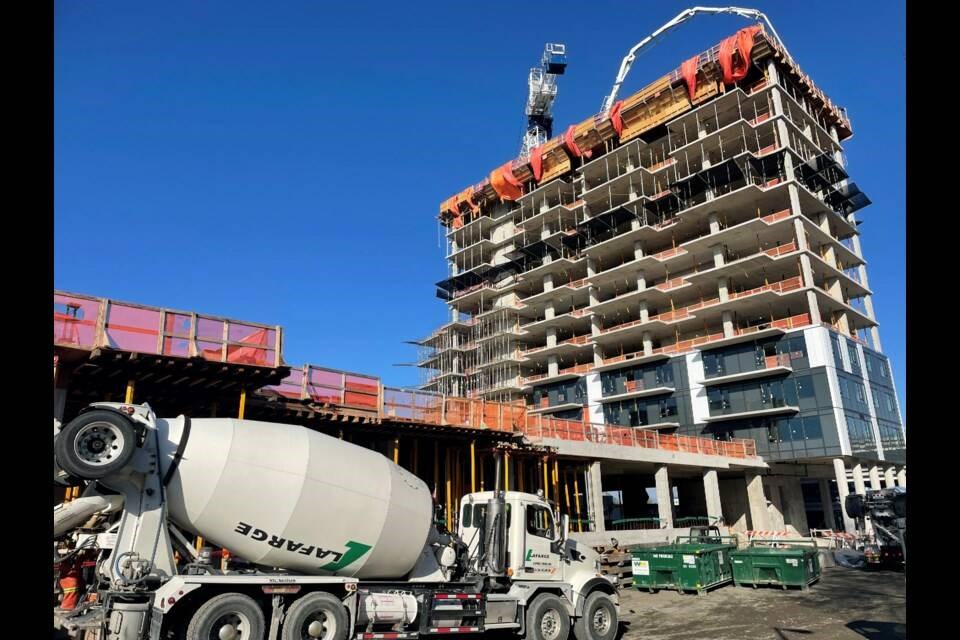Despite being one of the most expensive places to live in B.C., Richmond didn’t make the first list of 10 cities required to hit provincial housing targets.
Another list will be released in the fall but the city doesn’t know if it will be included then.
Mayor Malcolm Brodie believes the fast pace of development taking place in the city is why Richmond is not among the first cohort.
Late last month, B.C.’s housing minister released the names of 10 cities that will be required to hit yet-to-be-established targets on new home construction or risk having the province force through higher density, as part of government’s new Housing Supply Act.
The list includes cities that top the housing price chart in the province, such as 91原创, West 91原创 and North 91原创.
However, Richmond, with the seventh highest benchmark housing price in B.C., according to Real Estate Board of Greater 91原创 (REBGV)’s May report, was not on the list.
The province did not explain why Richmond was not selected.
“Municipalities were selected where housing pressures are highest in terms of inadequate and unaffordable supply, current rates of homelessness and social housing waitlists,” the B.C. government said in a written statement to the Richmond News.
Richmond Mayor Malcolm Brodie said he believes the city’s densification strategy and the high pace of new development taking place especially in city centre and along the main arterial corridors, makes Richmond lower on the province’s priority list.
“It was no surprise to me that on the initial list of areas that need to be focused on, we were not included,” Brodie told the News.
“The province and the federal government are both really taking the same approach [we take] … emphasizing the need for growth and for more housing units.
“Over the years in Richmond, we have densified the dwellings… allowing densification and multiple units.”
But Brodie noted increased density doesn’t necessarily convert to lower housing prices – Richmond remains one of the most expensive cities in the province and the REBGV April data show it’s the only city in Greater 91原创 that saw positive year-over-year growth in apartment prices.
“The premise is that the more units you have, you’ll have more affordability. Whether that proves to be true is hard to say. But the fact is, you can’t have more places to live in without building them,” said Brodie.
“And the demand is far more than the supply at this point. So increase the supply and you’ll start to meet the demand. And hopefully, in terms of affordability, that will have a positive effect.”
Richmond is among the 47 municipalities listed in B.C.’s Housing Supply Act that have the greatest housing need and highest projected growth where targets may be set.
A second cohort of 8-10 municipalities will be selected for housing targets later this year.



